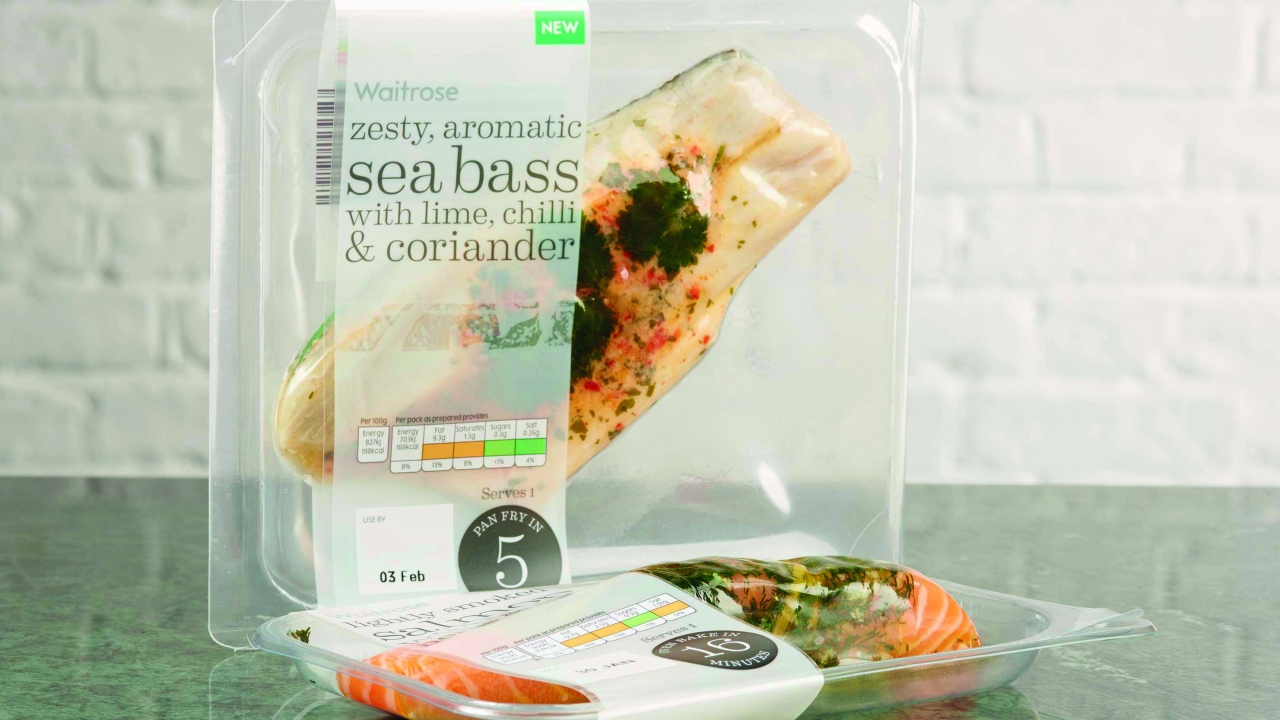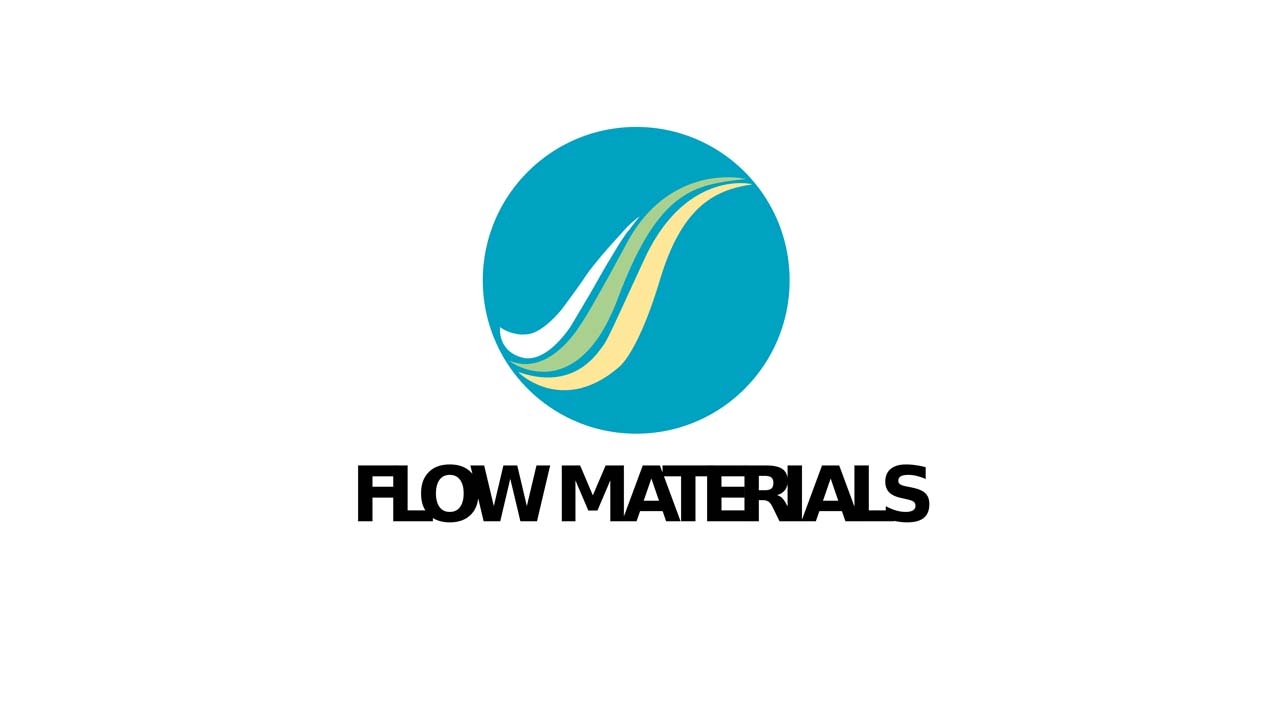Ravenwood grows linerless market

Outside of logistics applications, the global market share of linerless labels has not moved much in the last decade – despite the clear sustainability advantages of the technology.
Perhaps the main reason has been the requirement for end users to adopt specialist application machinery which is able to apply a label without peeling it from a backing liner.
UK-based Ravenwood, however, has achieved enormous success in the linerless label market by ‘closing the loop’ between linerless label production and application. The company operates a licensing system which includes the whole linerless supply chain from specialist materials to coating equipment and application equipment for the end user. The whole system is supported by Ravenwood-certified engineers and by intensive training of licensees to ensure a standard, consistent and predictable product is delivered at the end of the packaging line. Currently over 1,000 applicator machines are installed worldwide.
Ravenwood has grown around 20 percent year-on-year since the 2009 crash and today 35 million linerless prime labels a week are produced on its machines by global brands and retailers.
Ravenwood was founded in 2004 by Paul Beamish, who had previously worked at SE Labels and then Skanem, both linerless pioneers. The company has recently expanded its headquarters in Bury St Edmunds. The building contains showroom, offices, training facilities and R&D, and was the location for this year’s congress, bringing together suppliers, printers and distributors.
Ravenwood linerless ‘labels’ do not have to be adhesive backed – some of the company’s most successful products are ‘slideable’ sleeves supplied on the roll. Printed onto thicker materials, up to 300gsm and at sizes up to 500 x 225mm, they are designed to replace cardboard sleeves on trays sealed with clear film, as typically seen in the ready meals market. The sleeves are applied on Ravenwood’s Nobac 500 series applicators.
Paul Beamish says these linerless label/ sleeves are up to 30 percent more sustainable than cardboard sleeves. ‘And our products are flexo printed, which is as good quality as litho-printed cartons, and they retain their image right the way through the supply chain.’
Other Nobac machines can apply ‘Skin pack’ labels and can be attached to weigh scales to deliver complete fixed or variable weight packaging solutions. The latest addition to the Nobac line is the 500R, which applies a full ready meal wrap in format sizes up to 225mm.
A constant problem facing Ravenwood and its licensees is ‘non-approved’ labels, either pirated labels which ‘look’ like the real thing, or cheaper substitutes bought outside the authorized supplier network.
‘Pirated or non-approved labels do not work well on our applicators and at the end of the day these copies are of poor paper and adhesive quality,’ said Paul Beamish. ‘The production manager often won’t know that the buyer has cut corners and purchased these sub-standard labels and when things go wrong, many are quick to blame the applicator. Our engineers provide ongoing support and can spot these poor quality labels instantly, proving that any downtime or product recalls are as a direct result of these inferior copies. So going forward, we are now placing more emphasis on marketing and promoting our approved network of machine suppliers, printers and partners to emphasize the importance of using Ravenwood linerless labels.’
New developments
Ongoing material and machinery developments are key USPs for Ravenwood and the company works closely with its supply chain to identify areas for improvement.
Innovia, Ashland, Evonik and Henkel were present to talk about new developments in materials, silicone and hotmelt adhesives.
Explained Beamish, ‘We are being forced to go faster and faster, which is why we spend so much time working on materials, and why we need to make sure printers are using the latest materials.’
A high quality print surface is particularly important, said Beamish. ‘Dive characteristics and adhesive/silicone relationship are crucial. You could buy any paper but find the adhesive will be sucked in and the silicone relationship is wrong so the labels don’t release properly, and that in turn affects the machines. It is vital to guarantee 120 packs a minute, and this needs the whole chain to be working together.’
A wide range of application machinery was on show at the event, including the new VXR end-of-line quality control system. It detects contaminants and checks both label accuracy and tray seals, all within a 1.9m footprint. The x-ray inspection system uses leading edge Sapphire carbon nanotube field emission technology. The whole unit is food safe. Also introduced at the congress was a new flexible packaging variation of the linerless sleeve system.
What of the future? Paul Beamish sees major opportunities in direct thermal linerless labels supplied on the reel for logistics applications using handheld printers. And there are many more products which could be handled on the Nobac applicators, including fresh foods like cress, and fresh meat and fish, which require specially coatings to enhance shelf life.
Primary linerless labeling, in 8-9 colors and using value-added materials is another area for development.
Linerless coater
For the label converter, the core production technology is the Ravenwood Comac coater, designed to coat silicone and adhesive in a form compatible with the Nobac range of applicators.
The Comac applies multiple lines of release and adhesive between 3-25mm wide, coating labels with silicone on the front and adhesive on the back at speeds up to 450fpm (137m/min).
The labels can be printed on both sides before silicone and adhesive coating. The silicone sits on top of a special lacquer developed for linerless, and the laquer and silicone together act as a protective layer against UV, moisture and chemicals.
New Comac developments announced at the congress include the ability to run digital media. Ravenwood is also looking to add flexo units for varnish and reverse print, as well as potentially a slot coater and chill rolls so thermal materials can be run.
‘We are looking at new coat heads for more accurate coat levels,’ said Paul Beamish. ‘We now have on board an industry professional who says he can measure glue weight on clear film more accurately.’
Marcus Greenbrook, international sales manager at GEW, explained to delegates the N2 nitrogen inerting system used on the Comac silicone coating station. A nitrogen blanket reduces oxygen in the chamber to 50PPM, preventing it inhibiting the silicone curing process. ‘We control web movement into the chamber so we can get the gap much closer and stop oxygen being dragged in,’ said Greenbrook. The result is decrease of odor and migration – key for food grade applications – and the ability to cure at a lot lower power levels.’
Continued Greenbrook, ’Our Rhino power supply gives us better control of the UV system and reduces nitrogen consumed compared to older systems.’ UV output monitoring is integrated into the E2C lamphead, with up to seven sensors mounted across length of the lamp. GEW is now looking at closed loop control of lamp output based on sensor readings, said Greenbrook.
Stay up to date
Subscribe to the free Label News newsletter and receive the latest content every week. We'll never share your email address.


